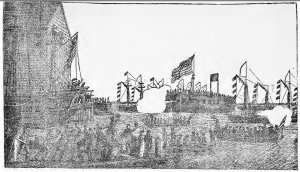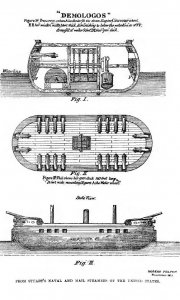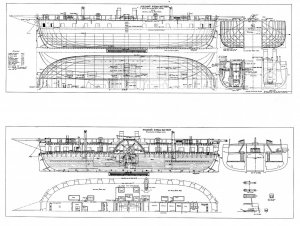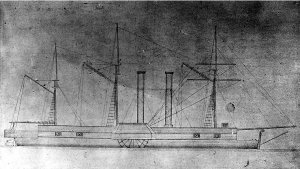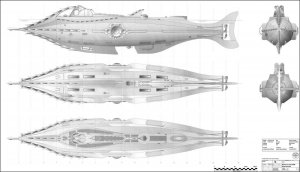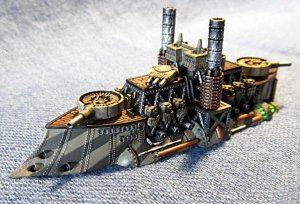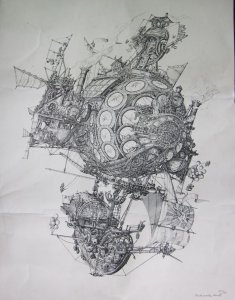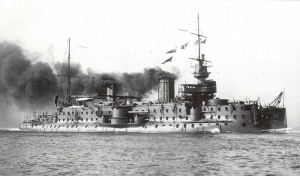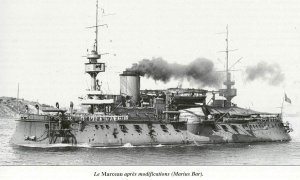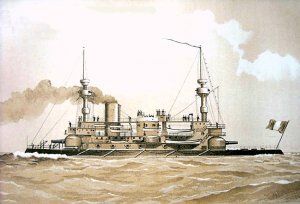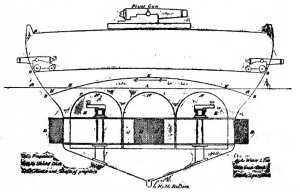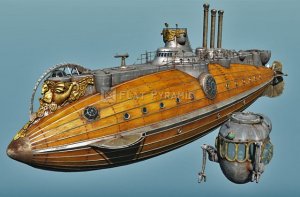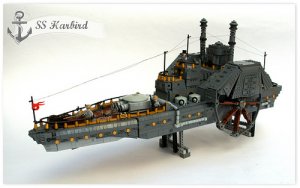- Joined
- Dec 1, 2016
- Messages
- 6,365
- Points
- 728

Steam
This topic or should i say a rambling story of a time in history when imagination, technology and invention came at a rapid succession where engineering and the how to make it work were two steps behind the imaginative creations of men of the time. It is commonly believed a man named James Watt is the father of the steam engine. Actually, Tomas Newcomen produced the first steam engine to drive machinery; it was James who took it to the next level. It wasn’t long before steam engines were the power behind the industrial revolution and used in farm machines, water pumps for irrigation in factories to drive machinery and in passenger river boats
“For we are to bethink us that the epic verily is not arms and the man, but tools and the man- an infinitely wider kind of epic.” Thomas Carlyle
It is just our nature to take a tool such as steam and figure out how to weaponize it.
The application of steam power to navigation, especially to the navigation and operation of ships of war changed everything. Nations quickly realized a wooden sailing ship woefully under gunned with nothing larger than 32 pound cannons and at the mercy of wind and sea was a sitting duck for a steam ship to approach and fire it’s 120 pound cannons and blow the sailing ship out of the water.
“To everything there is a season, and a time to every purpose under the heaven: A time to kill, and a time to heal; a time to break down, and a time to build up; A time to love, and a time to hate; a time of war, and a time of peace.”
The times they are changing and there is an arms and technology race in the air.
Stay tuned when we take the “way back” machine to the year 1814 and let’s see what was going on.
This topic or should i say a rambling story of a time in history when imagination, technology and invention came at a rapid succession where engineering and the how to make it work were two steps behind the imaginative creations of men of the time. It is commonly believed a man named James Watt is the father of the steam engine. Actually, Tomas Newcomen produced the first steam engine to drive machinery; it was James who took it to the next level. It wasn’t long before steam engines were the power behind the industrial revolution and used in farm machines, water pumps for irrigation in factories to drive machinery and in passenger river boats
“For we are to bethink us that the epic verily is not arms and the man, but tools and the man- an infinitely wider kind of epic.” Thomas Carlyle
It is just our nature to take a tool such as steam and figure out how to weaponize it.
The application of steam power to navigation, especially to the navigation and operation of ships of war changed everything. Nations quickly realized a wooden sailing ship woefully under gunned with nothing larger than 32 pound cannons and at the mercy of wind and sea was a sitting duck for a steam ship to approach and fire it’s 120 pound cannons and blow the sailing ship out of the water.
“To everything there is a season, and a time to every purpose under the heaven: A time to kill, and a time to heal; a time to break down, and a time to build up; A time to love, and a time to hate; a time of war, and a time of peace.”
The times they are changing and there is an arms and technology race in the air.
Stay tuned when we take the “way back” machine to the year 1814 and let’s see what was going on.



